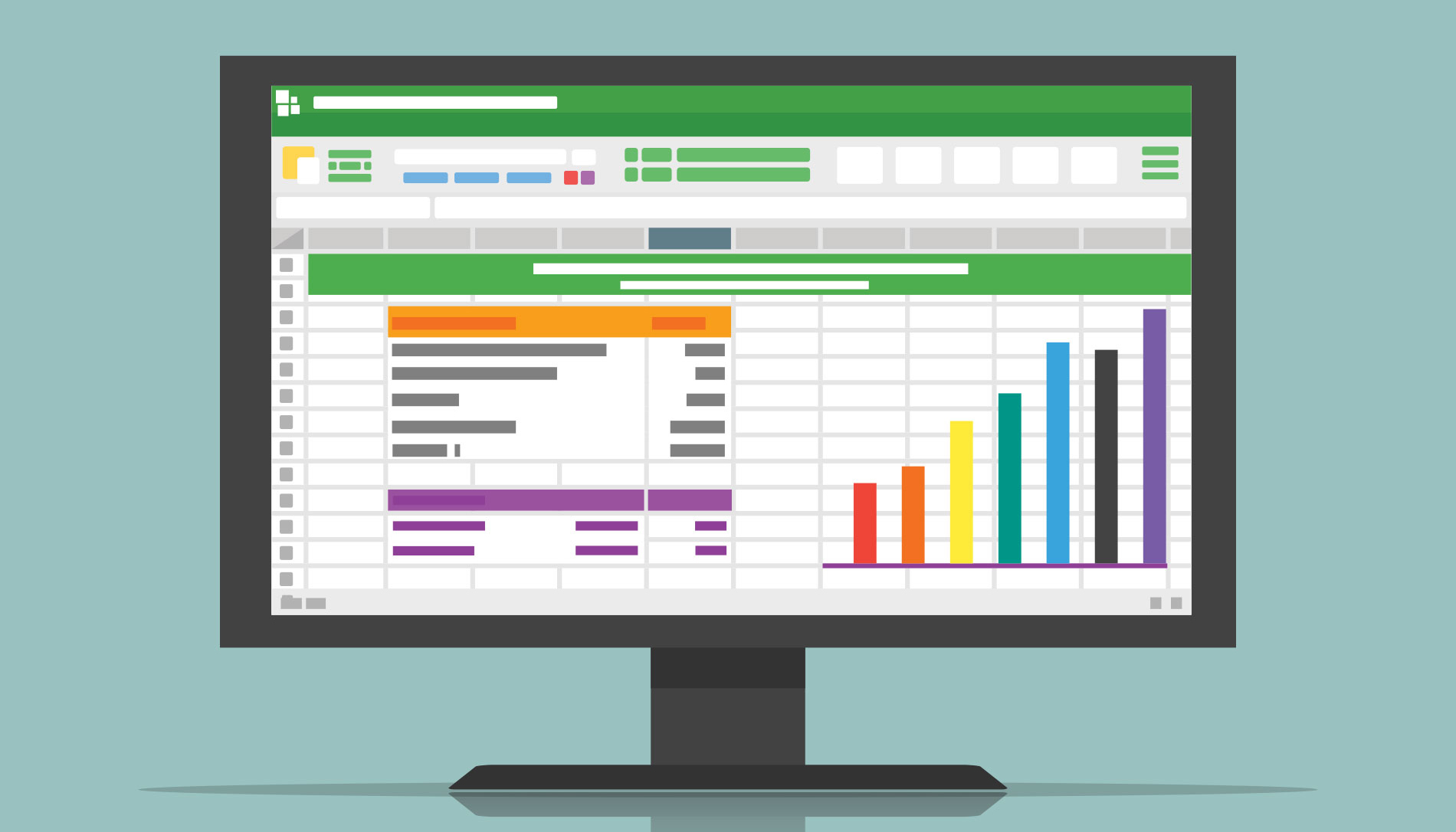
More contact centers every day are making the jump from spreadsheets for managing agents to workforce management (WFM) software. This technology saves contact centers effort and money by automating and expanding upon the processes once managed through spreadsheets.
However, making the switch from spreadsheets to a modern WFM software solution can come across as challenging. Don’t worry! Here are 5 tips for migrating away from WFM Excel spreadsheets to make the process as smooth as possible.
1) Choose WFM software with automated spreadsheet imports – The first thing you want to do when making the migration is to ensure you and your team are doing little to no manual data entry. Keep morale high by choosing a WFM software solution that supports data uploads from WFM Excel files. There may be some work involved to prepare existing spreadsheets for an upload, but it’s much better than manually inputting hundreds or even thousands of data rows.
2) Select a solution with great onboarding services – Any WFM software solution that cares about its customers after the sale will provide a customer success manager (CSM) to help you through the steps of migrating away from spreadsheets. This person is trained to assist with preparing data so it becomes highly actionable once the process of importing information is completed. Don’t choose a solution that fails to provide an expert to walk you through the migration process.
3) Focus on successful spreadsheets when importing data – While leveraging spreadsheets to complete WFM tasks is not ideal, there are some areas where they can be effective. For example, forecasting with spreadsheets can be fairly accurate, but scheduling can be a major struggle. When it comes to choosing which spreadsheets to import to populate historical data, focus on the files with actionable and accurate information. This strategy will help you get up and running faster with the right data for your contact center.
4) Define agent schedule and skill preferences – Once a baseline of information including agent names and profiles have been created in the WFM software solution, it’s time to move beyond spreadsheets. The true value of WFM software is how it can improve your contact in ways that weren’t possible in the past. One example is by expanding upon the way your contact center schedules agents. Within the software, every agent can be assigned schedule and skill preferences. This unique information will automatically be considered whenever a schedule needs to be created. Take the time to fill out this information because once it’s completed, a few clicks will create a working schedule for both agents and WFM analysts. No more complex formulas!
5) Add value through additional software features – What truly sets WFM software apart from spreadsheets is that it contains impactful capabilities beyond forecasting and scheduling. The last step of your migration should be to implement these technologies in a way that works for your contact center. Monitor agent productivity through adherence information or set up an agent portal to streamline time off requests. Create automated scheduling plans and evaluate relevant reports. These are the solutions which will enable the maximum ROI on your investment and truly take your contact center to the next level.

|
What is the ROI of WFM software?Our ROI calculator can help you see exactly what switching to a modern WFM solution will do to the bottom line of your business! |
Hopefully these tips for migrating from spreadsheets to a modern WFM software solution will make the process less daunting. The key for success is to choose a solution that has the technology and personnel, mainly a CSM, to meet your unique business needs. Forget the spreadsheets and don’t look back.







